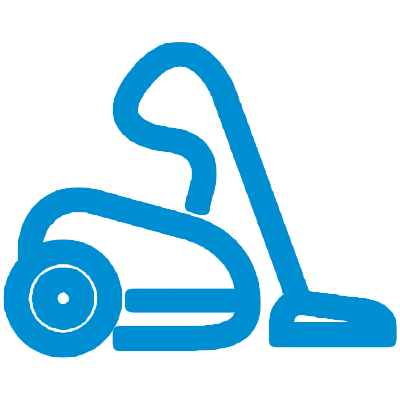
Transforming Hope into Action
In an ever-evolving business landscape, the need for creativity and innovation is more crucial than ever. Natalie Nixon's 'Hope, Think, Know' compass serves as a transformative framework that can change the way leaders and entrepreneurs approach challenges. Understanding this model allows individuals to redirect their energies towards fostering a mindset that nurtures hope, which is the cornerstone of meaningful change.
The Power of Hope
Nixon emphasizes that hope is not a passive wish but an active force that fuels innovation. Every successful entrepreneur knows that the journey begins with hope—the belief that things can be better. It empowers individuals to envision solutions that might escape the view of others. As Viktor Frankl noted, meaning is essential for overcoming unpleasant circumstances. In business terms, having hope leads to seeing opportunities where obstacles usually deter others.
Encouraging New Thinking
Building upon hope, the second phase—thinking—involves translating visions into actionable strategies. This shift in thinking transforms vague aspirations into measurable outcomes. The critical question shifts from “What is?” to “What if?” Acknowledging that we need not adhere to the status quo opens the door to creative exploration. As businesses begin to ask better questions, they uncover connections and patterns that lead to innovative solutions.
The Inner Compass of Knowing
The final phase highlighted by Nixon is the knowing. This understanding is not absolute certainty but a deep, instinctive alignment between one's hopes and thoughts. This phase arms business leaders with resilience and clarity, especially during turbulent times. Knowing involves trusting personal insights while integrating sound analytical practices, equipping individuals to remain steadfast in their vision despite uncertainties.
Relevance to Today's Business Environment
In times of turbulence—be it economic challenges, market disruptions, or internal resistance—having a clear compass can mean survival. Businesses that cultivate a culture of hope and creativity are better positioned to adapt and thrive. Fostering an environment where employees feel encouraged to express their ideas can lead to groundbreaking innovations that could set a company apart from its competition.
Tools for Implementation
To effectively utilize the 'Hope, Think, Know' compass, businesses should adopt practices that encourage reflection and openness. Incorporating regular brainstorming sessions facilitates an active hope mindset. Encouraging divergent thinking leads to transformation as employees explore various pathways for solutions. Additionally, training programs designed around this framework can equip teams with the tools needed to bridge the gap between vision and execution.
Common Misconceptions about Hope
A prevalent misconception is that hope equates to wishful thinking. However, true hope is rooted in action and expectation. It doesn’t wait for conditions to be perfect but instead seeks ways to create positive outcomes, thereby fostering a more dynamic business environment. Leaders need to communicate and embody this understanding to inspire their teams effectively.
Taking Action: Choose Your Direction
In conclusion, understanding and practicing the 'Hope, Think, Know' framework can lead to meaningful transformation within an organization. Leaders who embrace this compass can steer their companies toward innovative solutions that resonate with their core missions. For those seeking to integrate these transformative philosophies into their operations, seeking help in selecting the right providers can pave the way to success.
Are you ready to explore how to implement effective strategies that embody hope, foster creative thinking, and develop a deeper knowing in your organization? Get Help Selecting a Preferred Provider.
 Add Row
Add Row  Add
Add 




Write A Comment